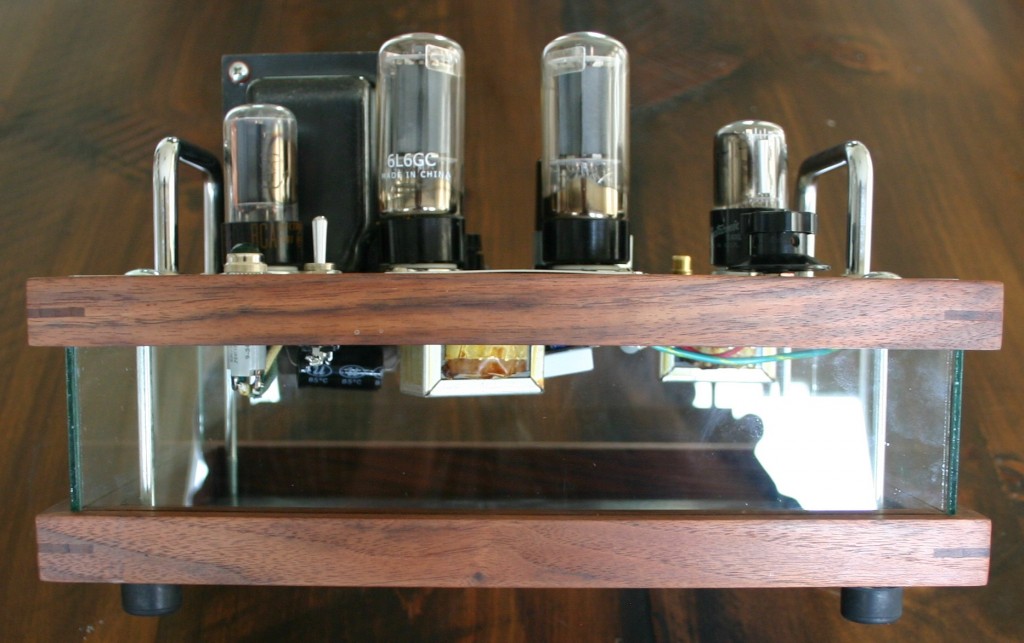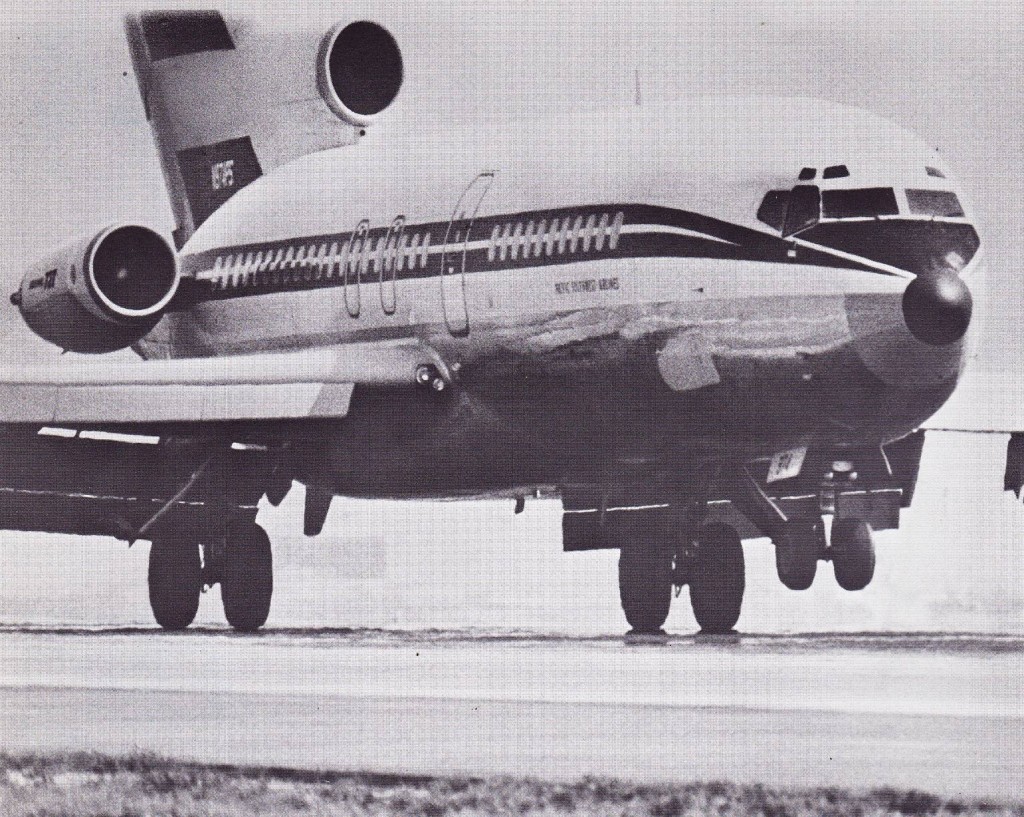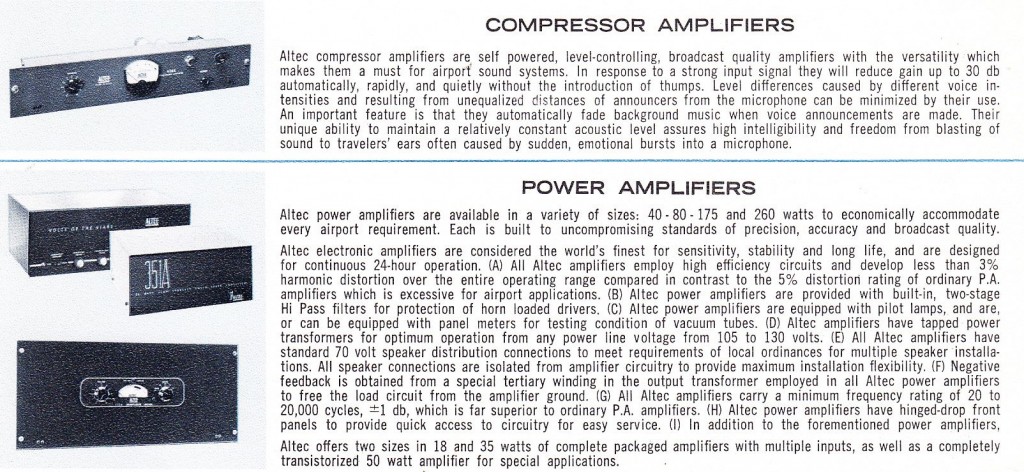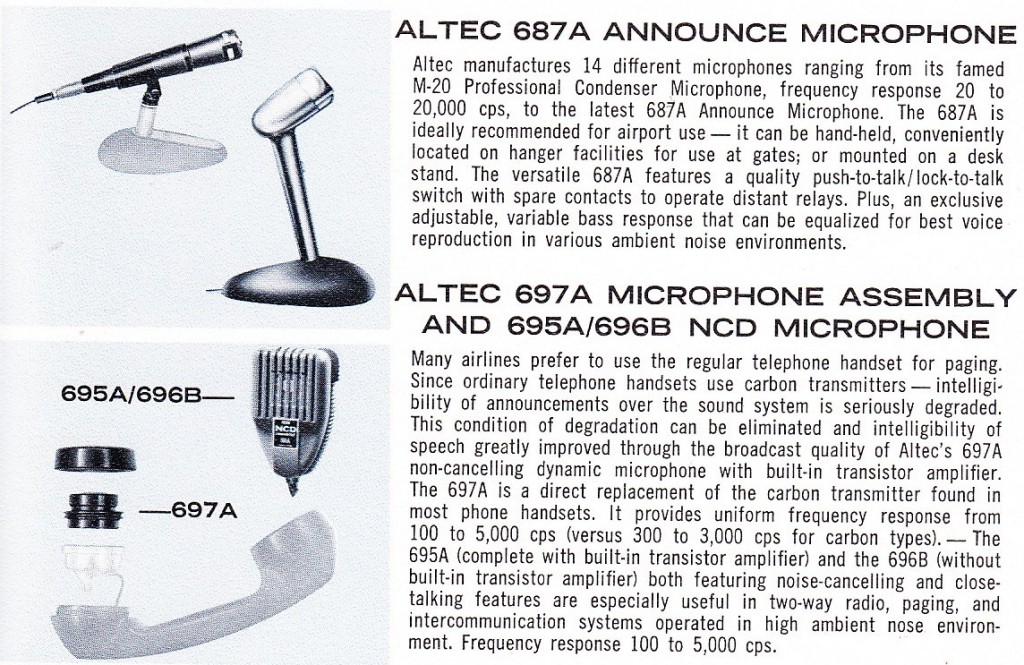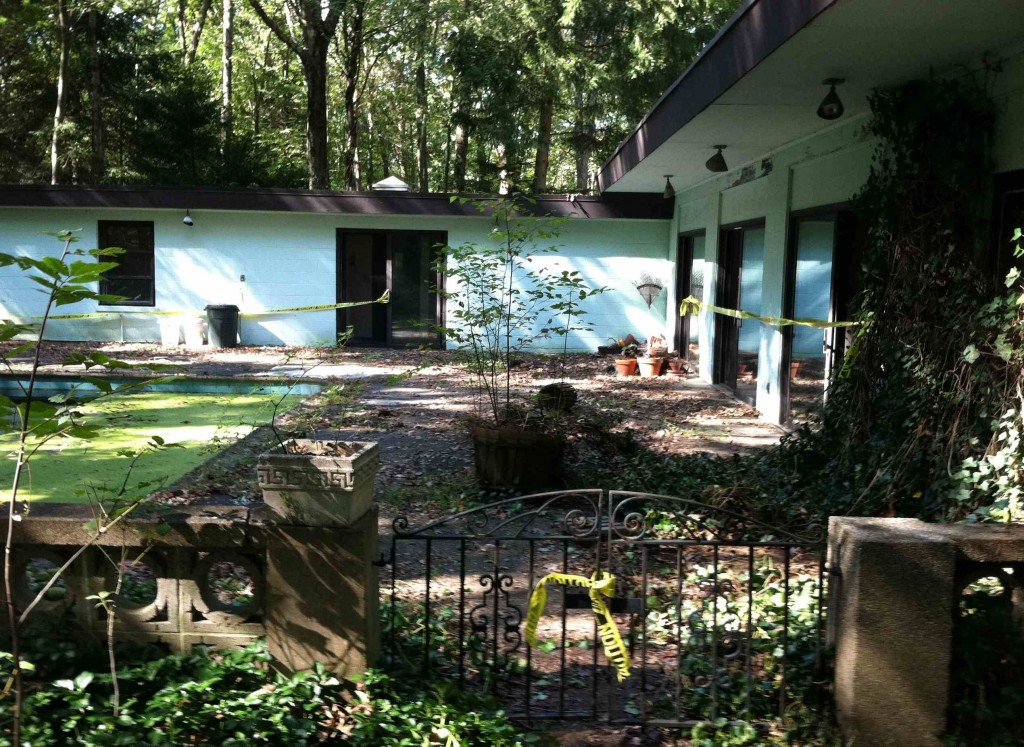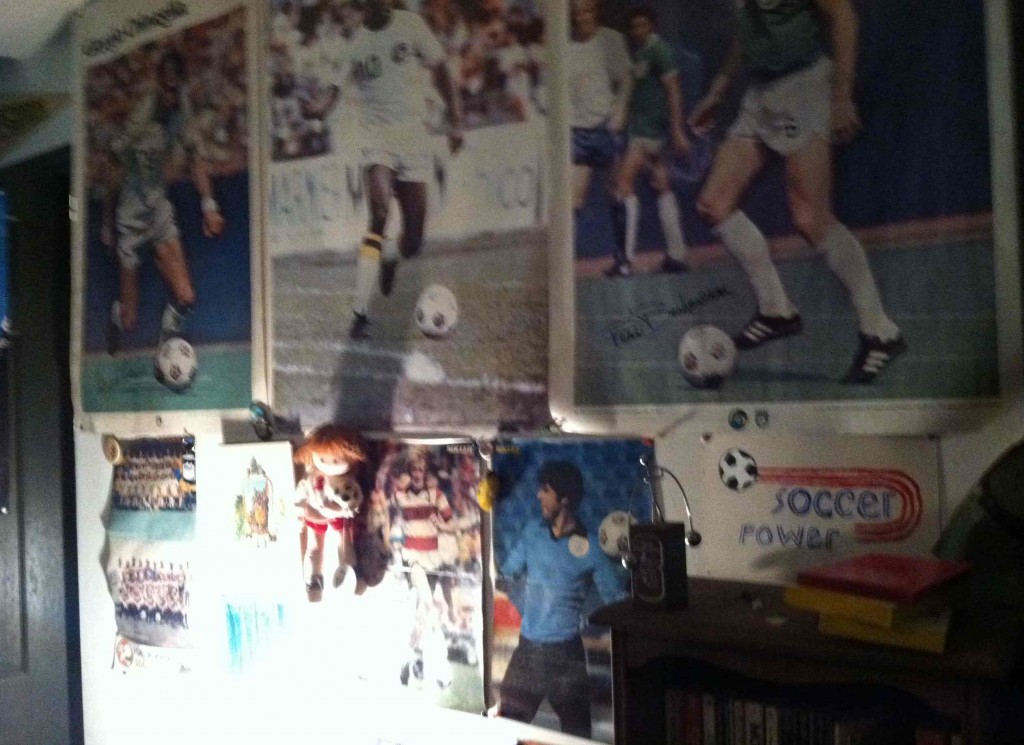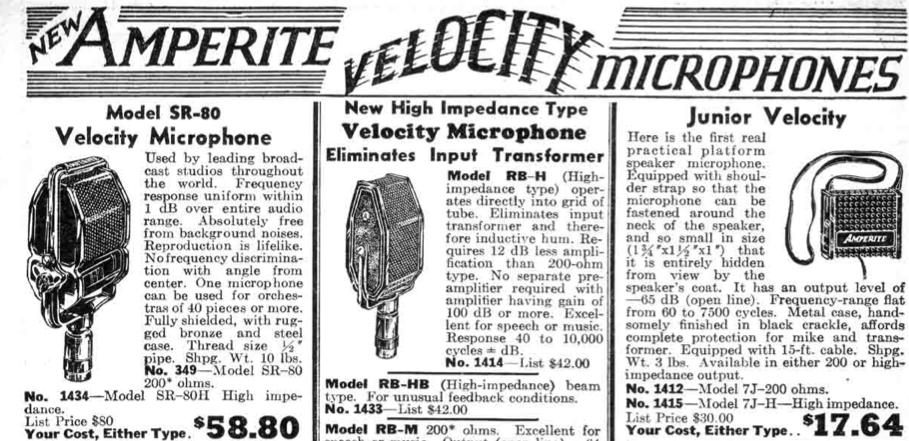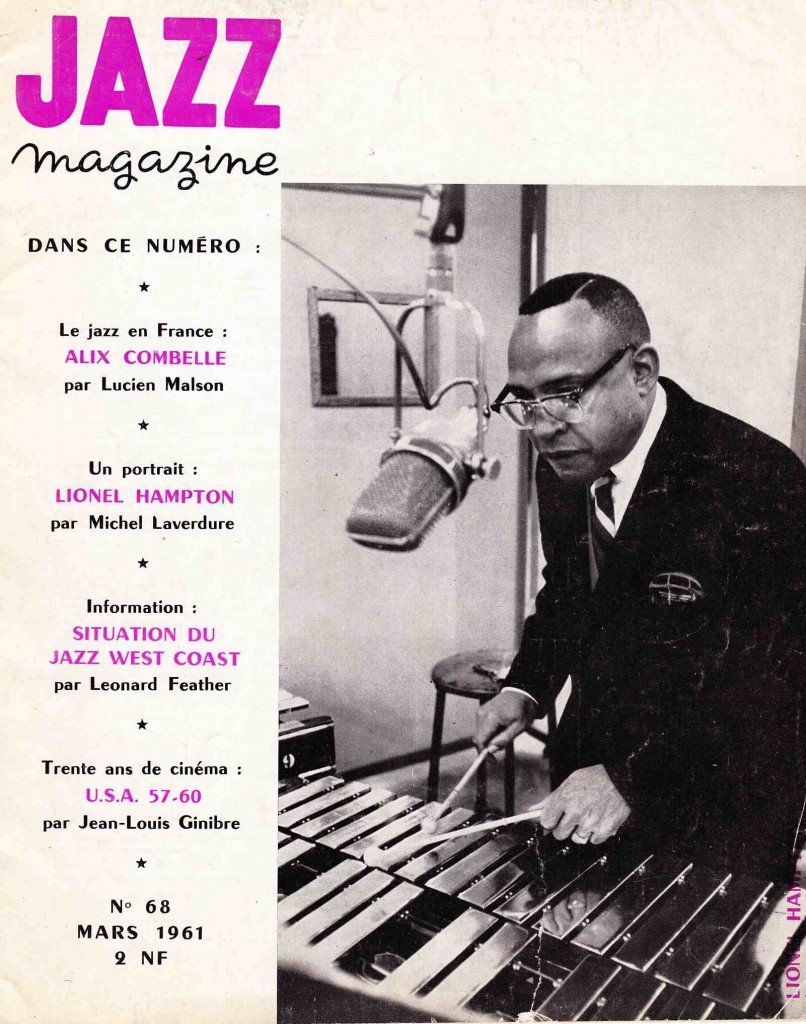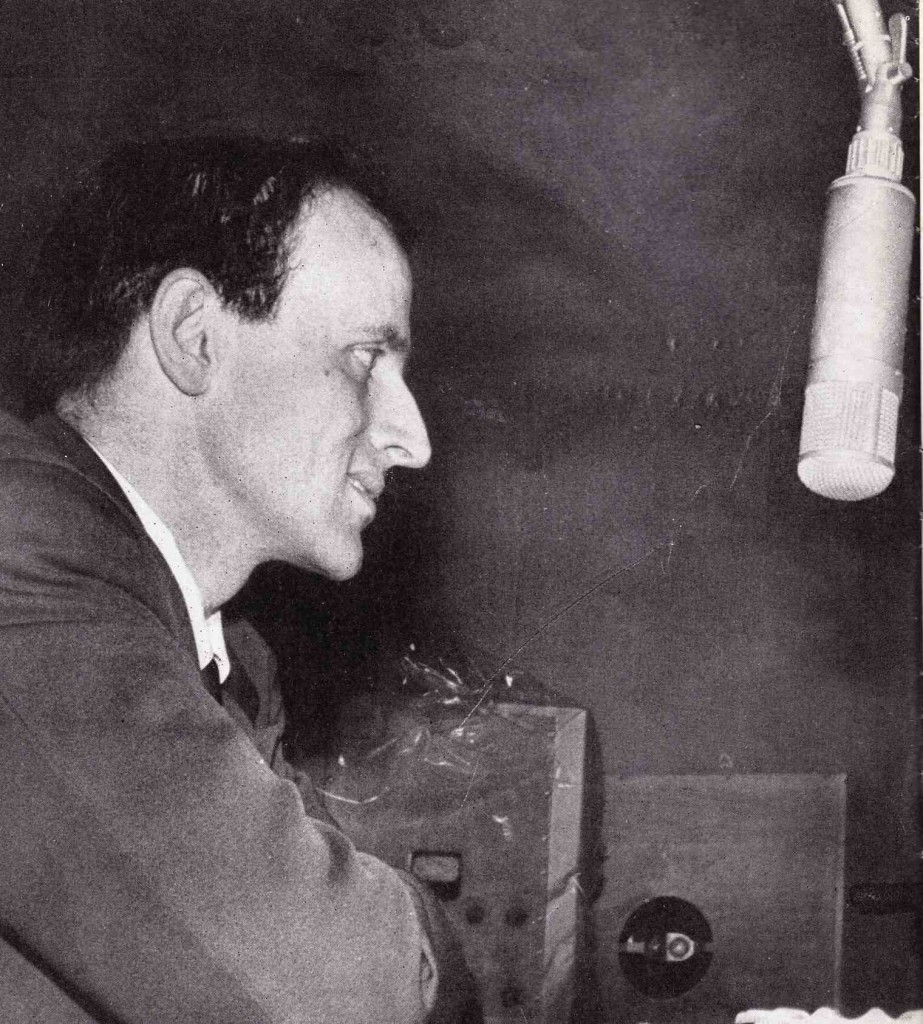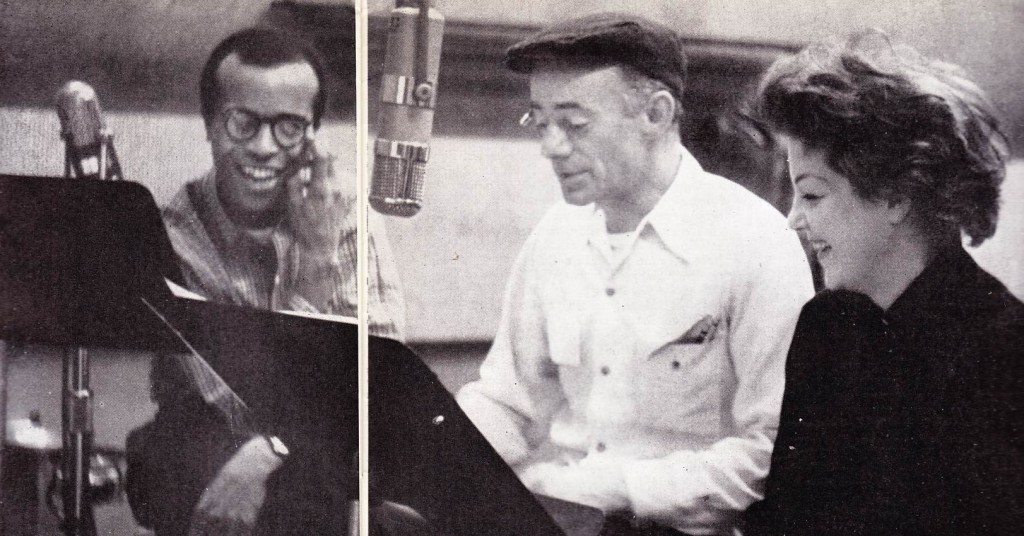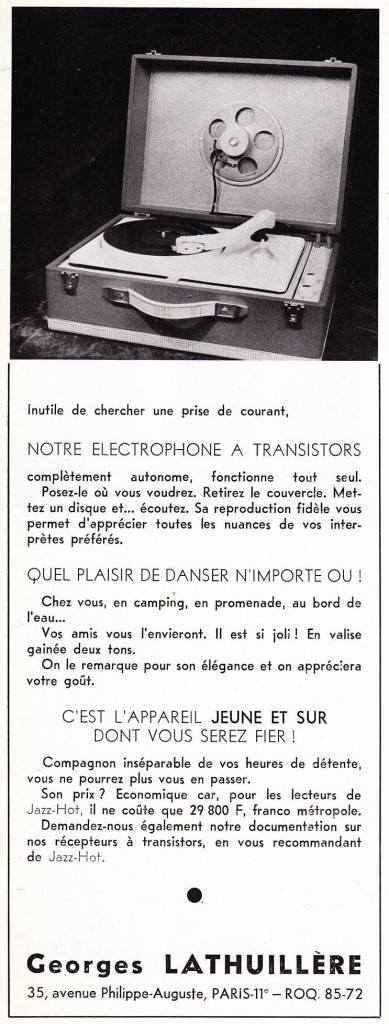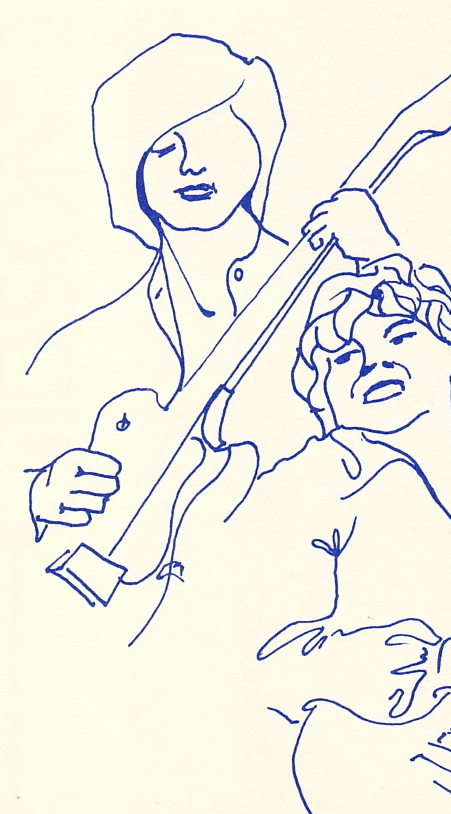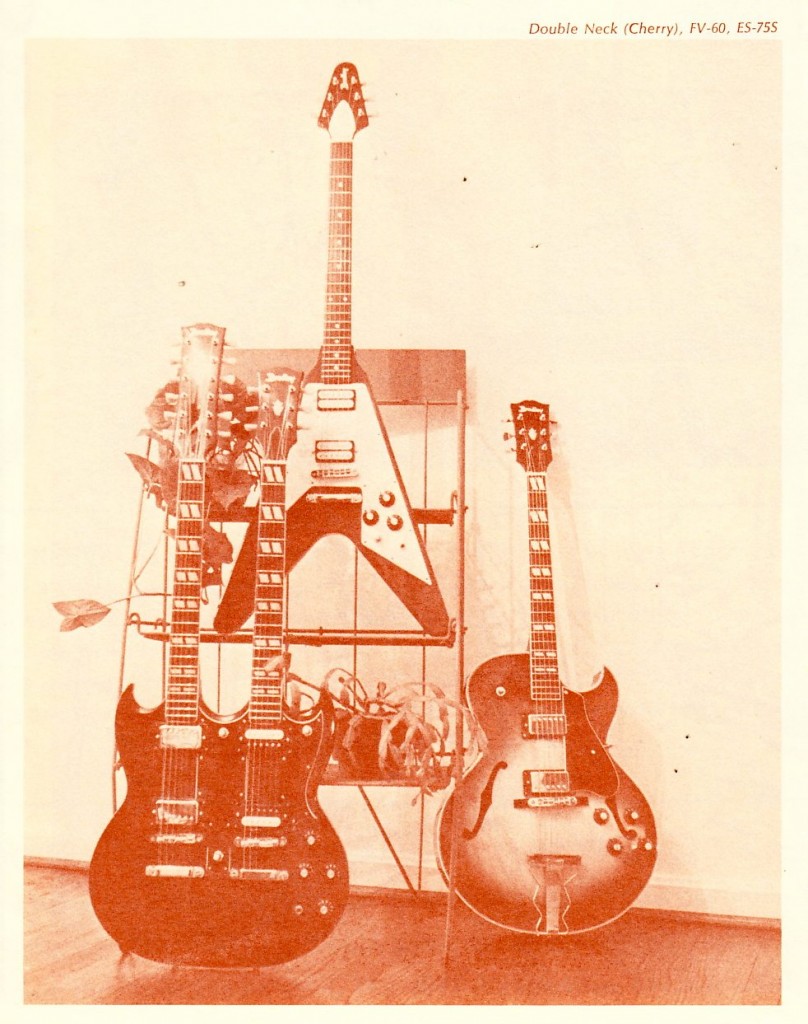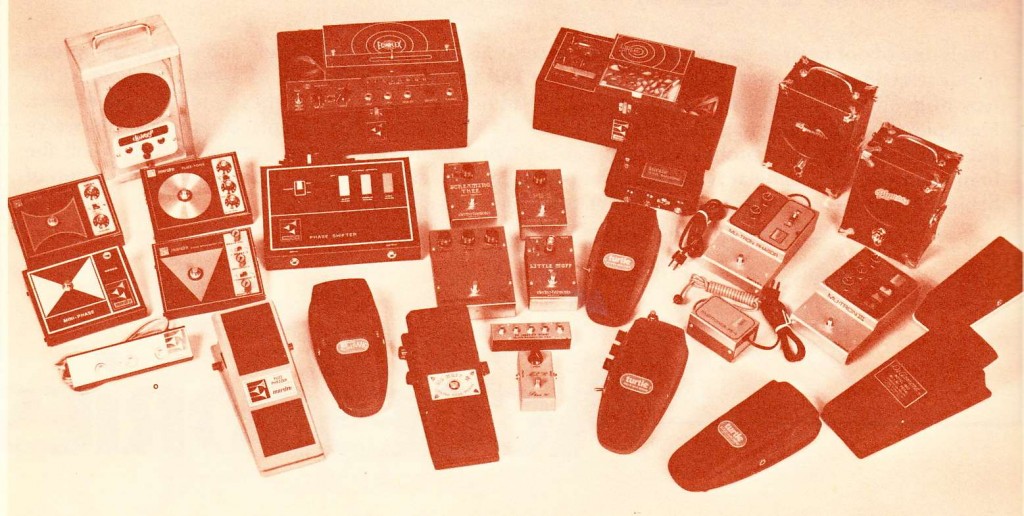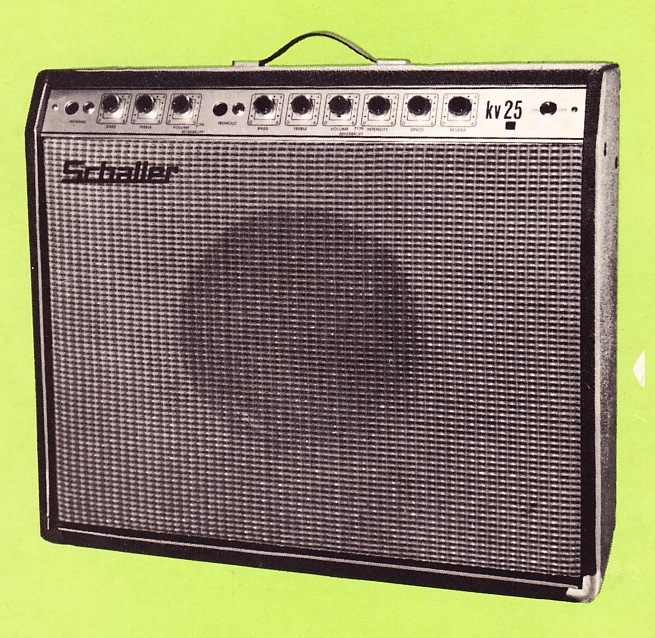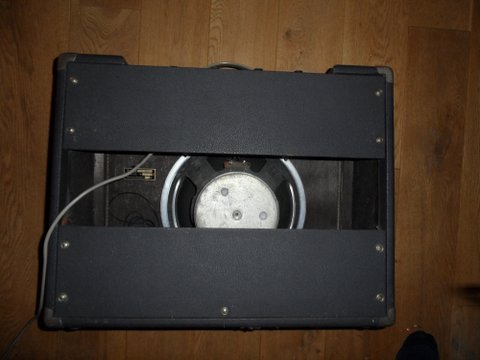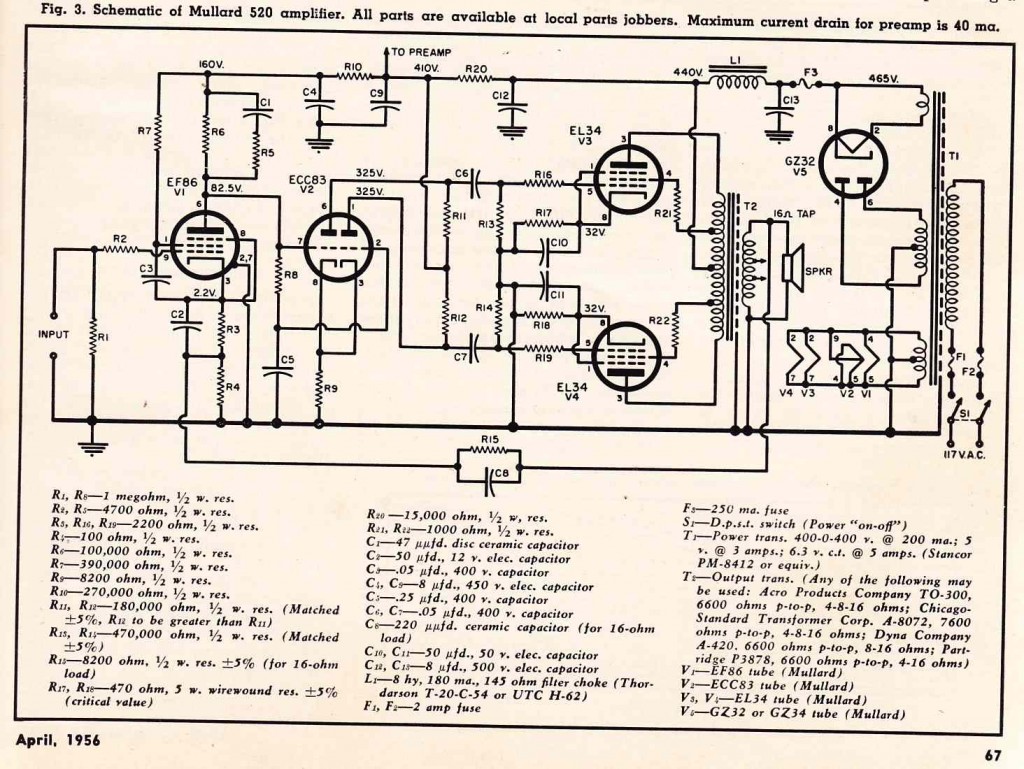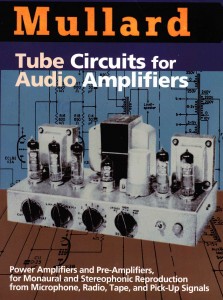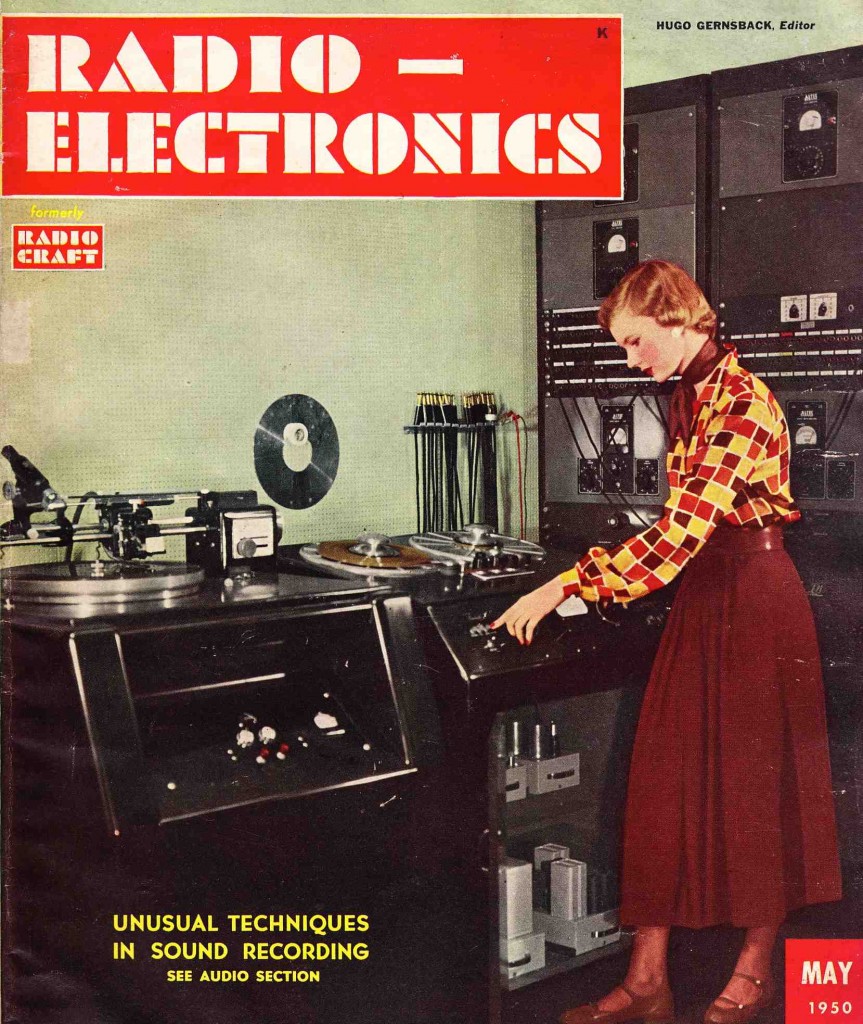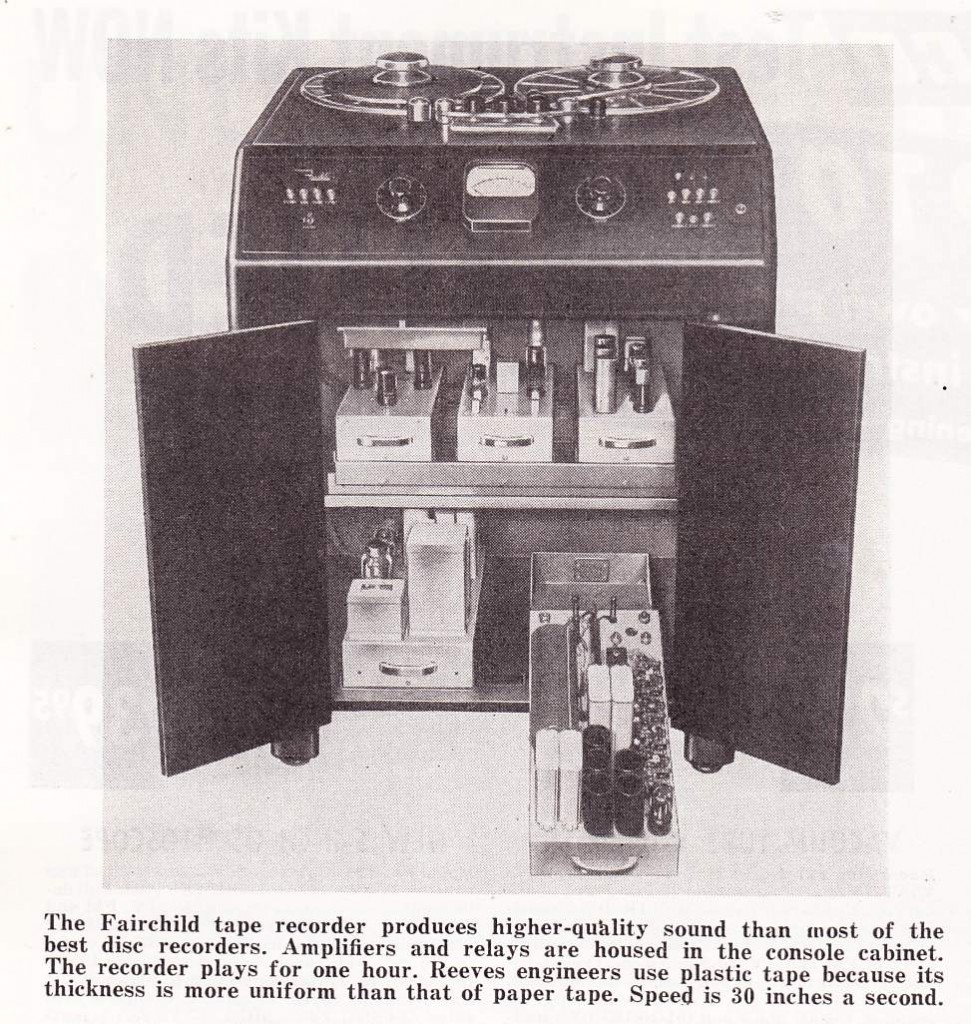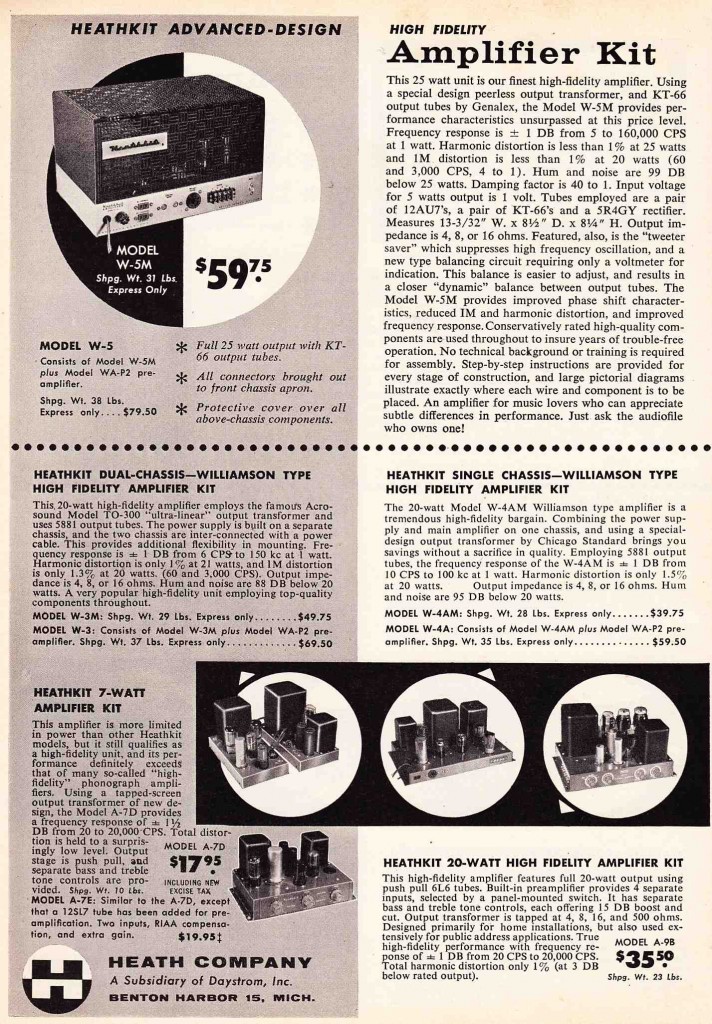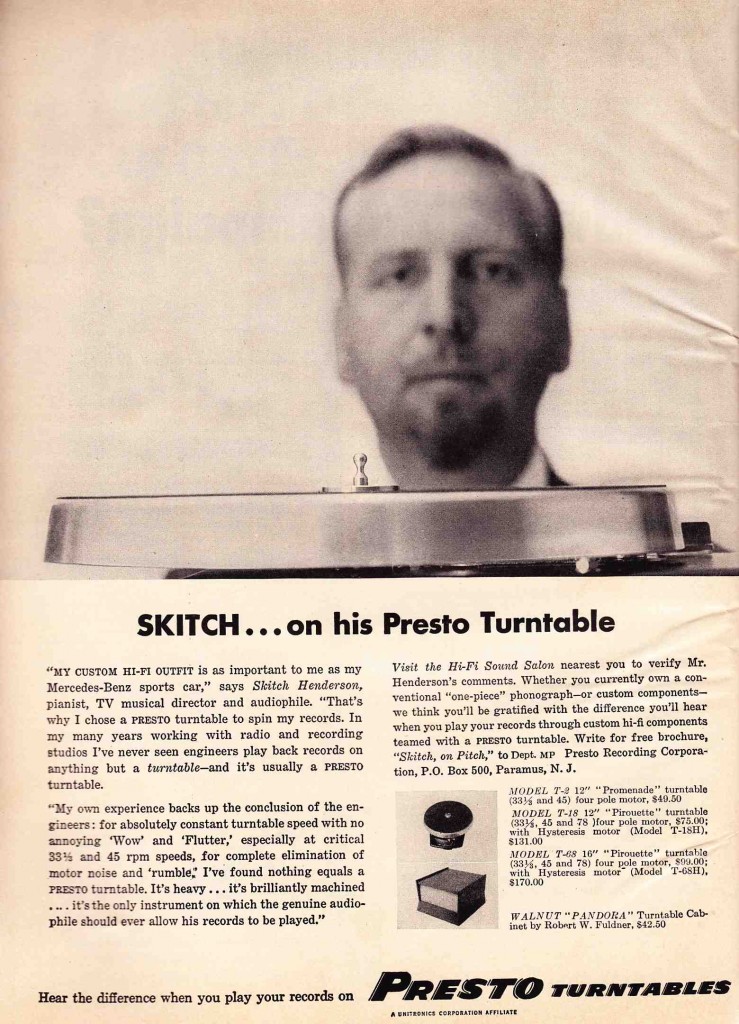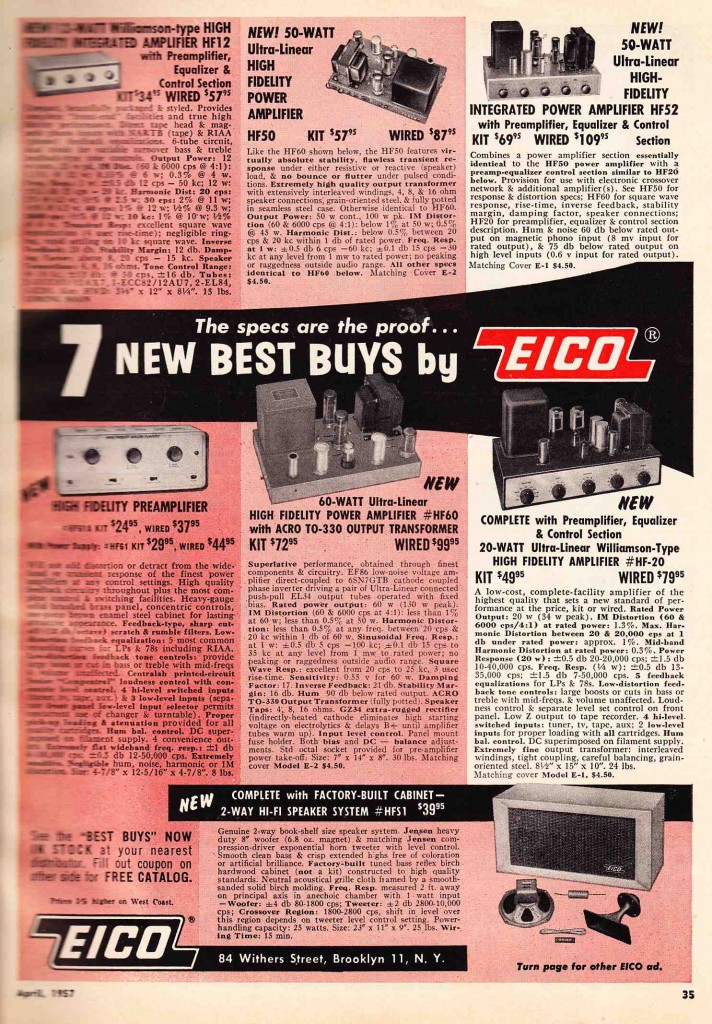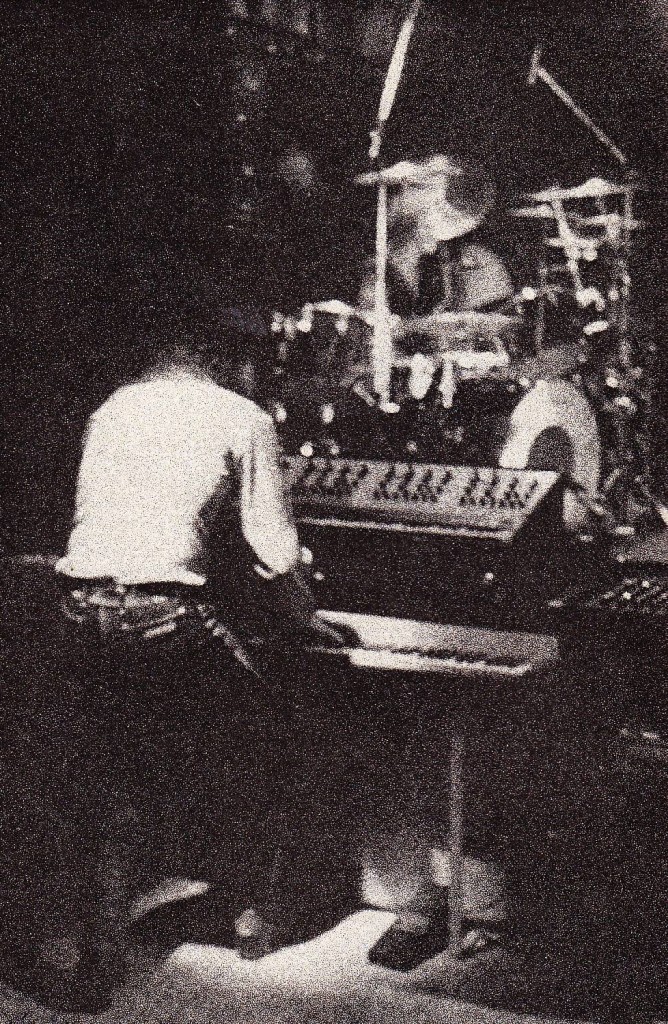

 Download 25pp of excerpts from the 1980 ‘Music Emporium’ mail-order catalog: synthesizers, keyboards; effects pedals; pro audio equipment:
Download 25pp of excerpts from the 1980 ‘Music Emporium’ mail-order catalog: synthesizers, keyboards; effects pedals; pro audio equipment:
DOWNLOAD SYNTHS:Music_Emp_Keys_1980
DOWNLOAD EFFECTS PEDALS: Music_Emp_FX_1980
DOWNLOAD PRO AUDIO: Music_Emp_audio_1980
Keyboard instruments covered, with photos, text, and (often) pricing, include: ARP Axxe, Odyssey, Quadra, Quartet, Omni II, and 2600 keyboards, Moog Micro Moog, Mini-Moog, Polymoog, and Multi-Moog, Korg MS-10 and MS-20; Oberheim OB-1, two-voice, OB-X, and four and eight-voice systems; Roland RS-09 and RS-505 string machines; Roland MP-600 electronic piano; mechanical keyboards from Hohner (pianet and clavinet) and Wurlitzer (200); Leslie 820, 860, 147, 760, and 815 rotating speaker systems.
Effects pedals include full lines from MXR (many…), Morley (VOL, SVO, PWO, WVO, PWB, PWF, PWA, PFA, and PRL), Mutron (III, Phasor II, Vol-Wah, Octave Divider, and Bi-Phase), and DOD (250, 280, 401, 640); plus interesting oddities like the Gizmotron, eBow, Altair PW-5, and the original Pignose amplifier.
Audio includes a wide range of mics from Shure, Sennheiser, Beyer, Sony, plus some predictable selections from the AKG and Electrovoice lines; Teac tape machines; Technics 1500 and RS-M85; the Tangent 3216 mixing console; time delay effects including Loft 440, Lexicon Prime Time model 93, MXR digital delay and flanger-doubler; Roland space echos, Tapco 4400 and Furman RV-1 reverbs; compressors including MXR mini, Ashly SC55 and SC-50. Biamp Quad Compressor, Ureil LA4, and DBX compressors 163, 160, 162, 165; plus a host of mainly graphic EQs including Biamp EQ210, EQ270A and EQ110R, MXR Dual 15 abd 31, Tapco C-201, Ashly SC-63 and SC-66, and Ureil 537 and 545 parametric filter set.
 DOD effects pedals circa 1980
DOD effects pedals circa 1980
 The Gizmotron, which is sort of the mechanical equivalent of an e-Bow; it was invented by Lol Creme and Kevin Godley of band 10CC; I have never come across one of these but wow would I love this for studio work. Check out some amazing sound clips here.
The Gizmotron, which is sort of the mechanical equivalent of an e-Bow; it was invented by Lol Creme and Kevin Godley of band 10CC; I have never come across one of these but wow would I love this for studio work. Check out some amazing sound clips here.
 The Korg MS-20. This is our house monosynth at Gold Coast Recorders and lord do these things sound great. Pitch to CV conversion built in!
The Korg MS-20. This is our house monosynth at Gold Coast Recorders and lord do these things sound great. Pitch to CV conversion built in!
 Loft 440 Time Delay effects. Loft was a Connecticut maker of Pro Audio kit in the 70s/80s. Much previous Loft coverage on PS dot com; maybe start here…
Loft 440 Time Delay effects. Loft was a Connecticut maker of Pro Audio kit in the 70s/80s. Much previous Loft coverage on PS dot com; maybe start here…
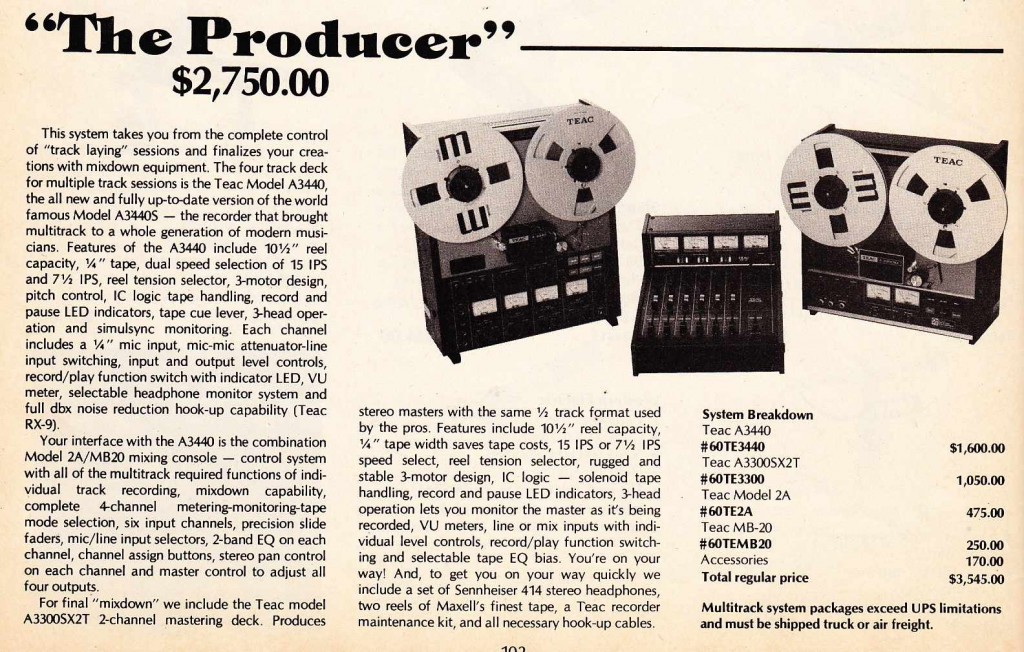 I just got a new MacBook Pro and guess what. My Protools LE 8 does not work on it. Big surprise. Everytime this happens (which means everytime a new Mac comes into my life…) I inch closer to replacing the PT LE system that I use for demos at home with one of these 70s four-track reel systems. Of course, an Mbox and Laptop weigh about 100lbs less and take up 1/10th the desk space. Is anyone out there making demos (or album masters) on a Teac/Tascam 1/4″ reel system? Drop us a line and let us know…
I just got a new MacBook Pro and guess what. My Protools LE 8 does not work on it. Big surprise. Everytime this happens (which means everytime a new Mac comes into my life…) I inch closer to replacing the PT LE system that I use for demos at home with one of these 70s four-track reel systems. Of course, an Mbox and Laptop weigh about 100lbs less and take up 1/10th the desk space. Is anyone out there making demos (or album masters) on a Teac/Tascam 1/4″ reel system? Drop us a line and let us know…
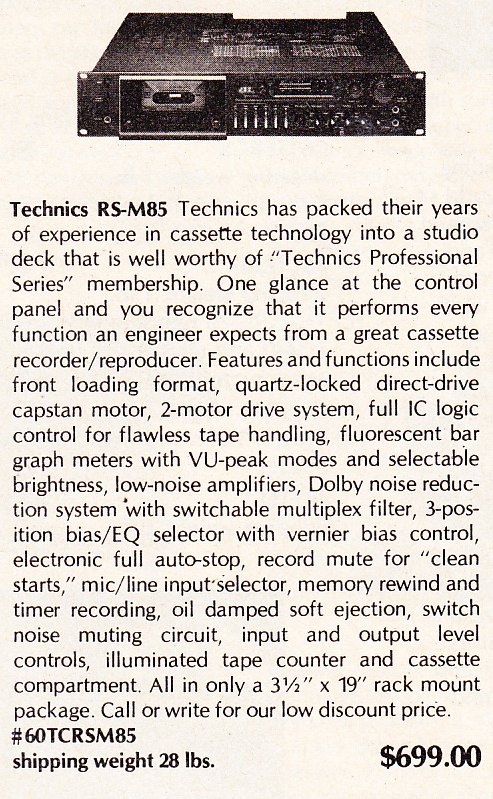 Technics RS-M85 cassette deck. Beautiful looking machine. Working example on eBay right now for $138…
Technics RS-M85 cassette deck. Beautiful looking machine. Working example on eBay right now for $138…
 The Urei LA4 was the compressor that I learned on at school. The studio had a pair and they sounded great. Simple and effective…
The Urei LA4 was the compressor that I learned on at school. The studio had a pair and they sounded great. Simple and effective…
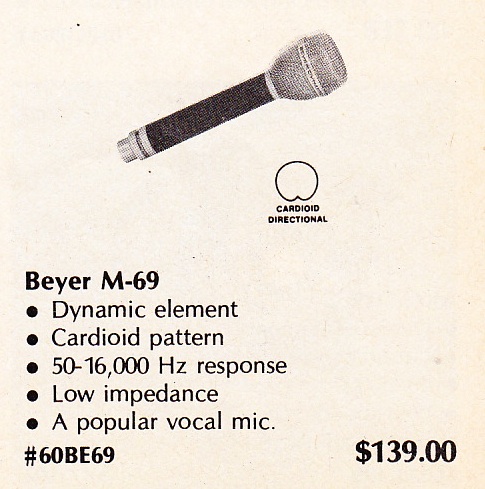 I don’t know how accurate it was to have ever called the Beyer M69 a popular microphone, but they do have a good sound. We have a pair at GCR and they are a good alternative to the SM58 as a handheld dynamic. To my ears they sound less boxy; seem to have less proximity effect.
I don’t know how accurate it was to have ever called the Beyer M69 a popular microphone, but they do have a good sound. We have a pair at GCR and they are a good alternative to the SM58 as a handheld dynamic. To my ears they sound less boxy; seem to have less proximity effect.
For previous Music Emporium coverage on PS dot com (incredible as it may sound….), visit here…
 This design project began with the goal of crafting an entire amplifier that echoed the form of a vacuum tube itself. See here for example of the intial execution. Thanks to cabinet-maker N.N. for the beautiful walnut frames.
This design project began with the goal of crafting an entire amplifier that echoed the form of a vacuum tube itself. See here for example of the intial execution. Thanks to cabinet-maker N.N. for the beautiful walnut frames. The 22277 is a two-channel audio amplifier for home music-listening. Power output is approximately seven watts per channel. Each channel uses 1/2 of a 6SL7 twin triode and one 6L6. The rectifier used is a 6AX5.
The 22277 is a two-channel audio amplifier for home music-listening. Power output is approximately seven watts per channel. Each channel uses 1/2 of a 6SL7 twin triode and one 6L6. The rectifier used is a 6AX5. Volume control is provided. Inputs are via twin RCA jacks and speaker outputs are via 1/4″ jacks. The relatively high gain of the 6SL7 tube allows the unit to be driven to full output from any line-level source (E.G., radio tuner, DVD player, iPod, etc).
Volume control is provided. Inputs are via twin RCA jacks and speaker outputs are via 1/4″ jacks. The relatively high gain of the 6SL7 tube allows the unit to be driven to full output from any line-level source (E.G., radio tuner, DVD player, iPod, etc).
